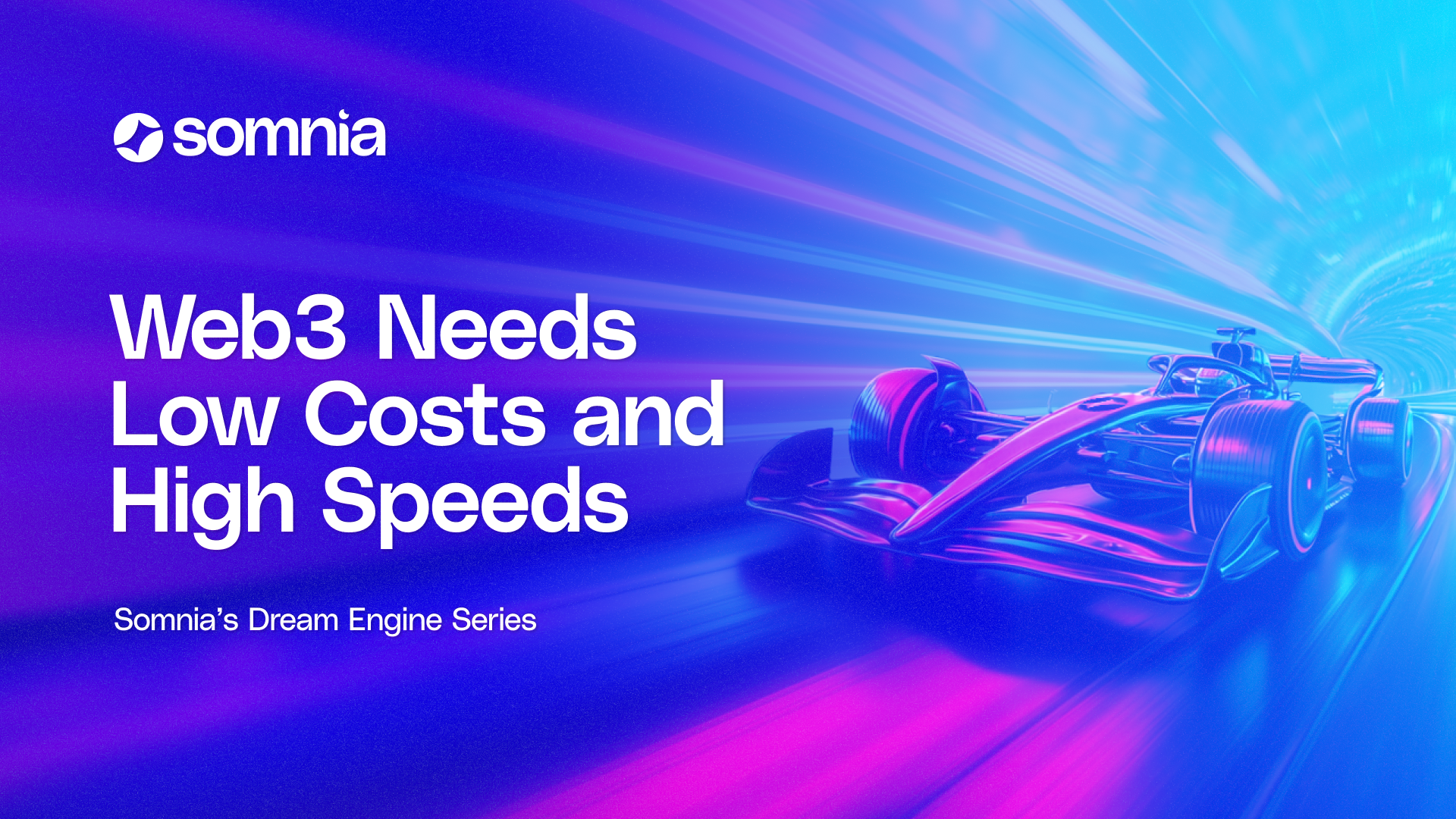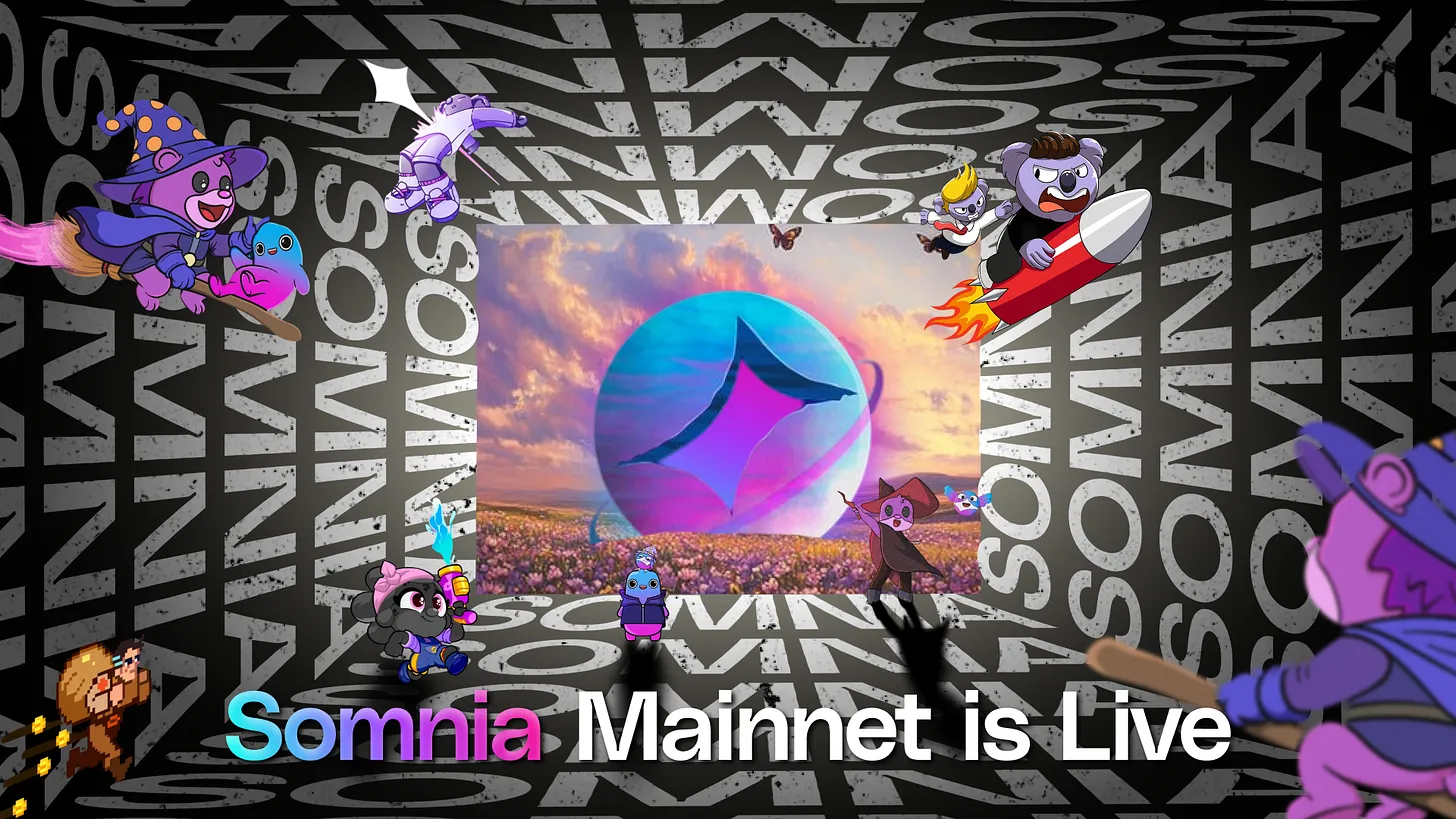
Why High Speed and Low Costs Are Needed for Mass Adoption of Web3

Web3 has long promised decentralization, scalability, and speed, but the reality often falls short under real-world pressure. Despite years of innovation, mainstream users have yet to fully embrace blockchain technology. Why? Because the infrastructure isn’t ready to support mass consumer applications like gaming, social media, or large-scale financial platforms.
For blockchain to reach billions of users, two key factors need to come together: speed and affordability. Without both, decentralized applications (dApps) will remain niche tools, unable to compete with the Web2 experience that users have come to expect.
The Speed Problem: Why Blockchain Needs to Catch Up
Mass-consumer platforms, whether it’s TikTok, Instagram, or high-frequency stock trading, handle millions of interactions per second without users even realizing it. Likes, comments, purchases, and micro-interactions happen in real-time with little to no friction. Even high-performance networks like Solana and Sui often fall short during high-traffic events.
When demand spikes, congestion slows the network, transactions fail, and fees skyrocket. This is unacceptable for mass consumer applications that rely on smooth, real-time experiences.
Why Speed Is Essential for Mass Adoption
- Real-Time User Interactions
In games or social media platforms, users expect instant feedback. If there’s a delay in confirming a transaction or processing an interaction, the user experience collapses. - Scalability for Global Audiences
Platforms like Facebook or Fortnite serve hundreds of millions of users daily. For Web3 to compete, blockchains must handle massive user volumes without lag or degraded performance. - Business Viability
High-speed networks enable real-time financial applications, in-game economies, and marketplaces to function without congestion. Businesses won’t risk building on blockchain technology unless the experience is smooth, cheap and secure.
The Cost Barrier: Why Low Fees Are Non-Negotiable
High transaction fees are another significant roadblock to adoption. On Ethereum, fees can surpass $50 during peak congestion. This is a dealbreaker for everyday users, especially in regions where the average transaction size is small.
For global adoption, blockchain networks must offer transaction costs that are so low they’re almost invisible, just like how users don’t think about fees when they post on social media or make contactless payments.
Why Low Costs Are Crucial for Mass Consumer Applications
- Enabling Microtransactions
Many of the most exciting Web3 business models—such as tipping, pay-per-use services, and in-game purchases—rely on the ability to process tiny payments without high fees eating up the value. - Accessible to Everyone
High transaction costs price out users from developing countries or lower-income communities. Sub-cent fees remove these barriers, allowing global participation in Web3 ecosystems. - Frictionless Gaming and Social Media
Imagine a blockchain-based game where every item trade, action, or upgrade costs a few dollars in fees. It wouldn’t last long. For games and social media platforms to function smoothly, fees need to be so low that users never think about them.
Why Both Speed and Cost Matter for Mass Adoption
You can’t have mass adoption without addressing both speed and cost simultaneously:
- A fast network that’s expensive to use will only attract high-net-worth traders or institutional investors.
- A cheap network that’s slow will discourage developers and users from building or participating in dApps.
For consumer-facing applications like gaming, DeFi, and social media, both factors are non-negotiable. Real-time responsiveness, affordable transactions, and seamless scalability are what will finally bring Web3 into the mainstream.
For blockchain technology to truly go mainstream, the infrastructure needs to meet or exceed the expectations set by Web2 platforms. That means delivering real-time speed, ultra-low costs, and seamless scalability, without compromising on decentralization or security.
At Somnia, we’re making that future a reality. Our Shannon Testnet is live, and we’re inviting developers, users, and builders to help us push it to the limits.
Ready to test what real scalability feels like?
🔗 Join the Shannon Testnet and help us bring the entire world on-chain.
Stay updated with Somnia
Twitter | Discord | Telegram | Reddit | Lightpaper | OnePager



